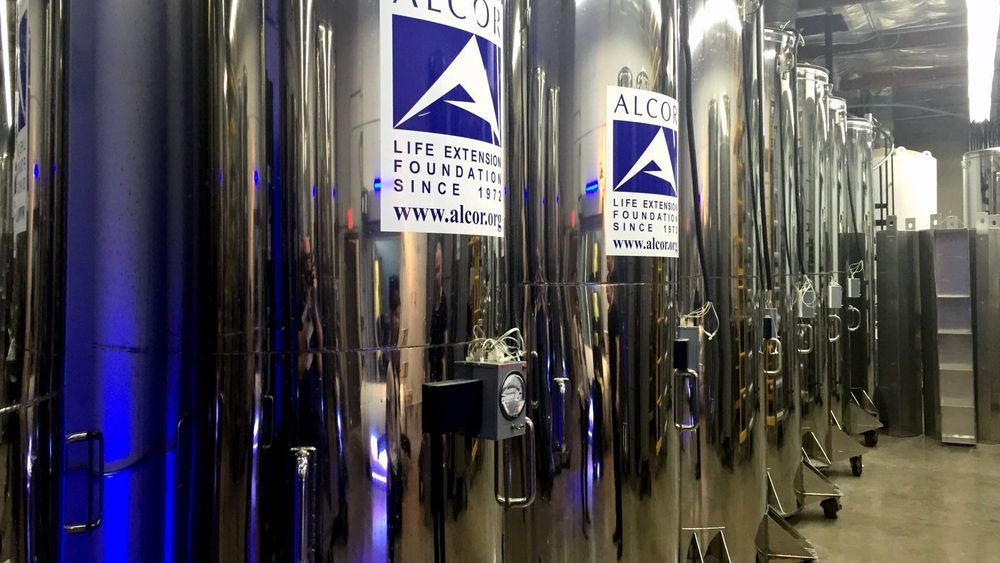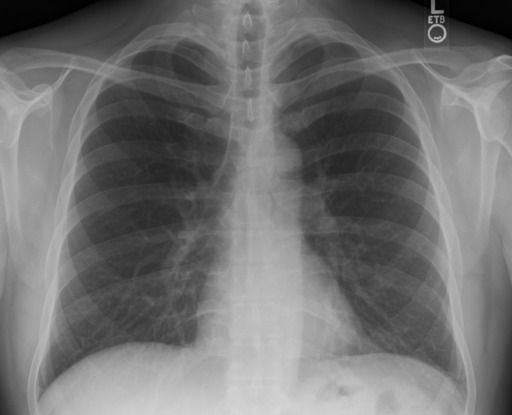Jun 1, 2019
Quick liquid packaging: Encasing water silhouettes in 3D polymer membranes for lab-in-a-drop experiments
Posted by Saúl Morales Rodriguéz in categories: biotech/medical, chemistry, engineering, nanotechnology
The ability to confine water in an enclosed compartment without directly manipulating it or using rigid containers is an attractive possibility. In a recent study, Sara Coppola and an interdisciplinary research team in the departments of Biomaterials, Intelligent systems, Industrial Production Engineering and Advanced Biomaterials for Healthcare in Italy, proposed a water-based, bottom-up approach to encase facile, short-lived water silhouettes in a custom-made adaptive suit.
In the work, they used a biocompatible polymer that could self-assemble with unprecedented degrees of freedom on the water surface to produce a thin membrane. They custom designed the polymer film as an external container of a liquid core or as a free-standing layer. The scientists characterized the physical properties and morphology of the membrane and proposed a variety of applications for the phenomenon from the nanoscale to the macroscale. The process could encapsulate cells or microorganisms successfully without harm, opening the way to a breakthrough approach applicable for organ-on-a-chip and lab-in-a-drop experiments. The results are now published in Science Advances.
The possibility of isolating, engineering and shaping materials into 2-D or 3D objects from the nanometer to the microscale via bottom-up engineering is gaining importance in materials science. Understanding the physics and chemistry of materials will allow a variety of applications in microelectronics, drug delivery, forensics, archeology and paleontology and space research. Materials scientists use a variety of technical methods for microfabrication including two-photon polymerization, soft interference lithography, replica molding and self-folding polymers to shape and isolate the material of interest. However, most materials engineering protocols require chemical and physical pretreatments to gain the desired final properties.


















